The dry season in the Mekong Delta will have 5 waves of saltwater intrusion

Mr. Mai Van Khiem - Director of the National Center for Hydrometeorological Forecasting
According to Mr. Mai Van Khiem - Director of the National Center for Hydrometeorological Forecasting, from now until the end of the dry season in 2024, due to the impact of the Elnio phenomenon, the Mekong Delta region has almost no rain, long sunny days, and hot weather has appeared and will appear many times in the area until May 2024. Along with that, the amount of flow from the Mekong upstream to the Mekong Delta is 5-12% short of the average of many years. Therefore, drought combined with saltwater intrusion will cause water shortages, affecting domestic water as well as water for agricultural production. It is forecasted that from now until the end of the 2024 dry season there will be about 5 waves of saltwater intrusion, of which the peak saltwater intrusion will fall around March 7-12 and April 7-12 with a saline level of 4g/l at river mouths, a level higher than the average for many years and higher than in 2023. Specifically, on the Vam Co river the salinity line is from 80-90km, the Mekong River estuary is from 45-65km, and the Cai Lon river is from 40-50km. The most affected provinces are Tien Giang, Ben Tre, Hau Giang, Tra Vinh, and Soc Trang.
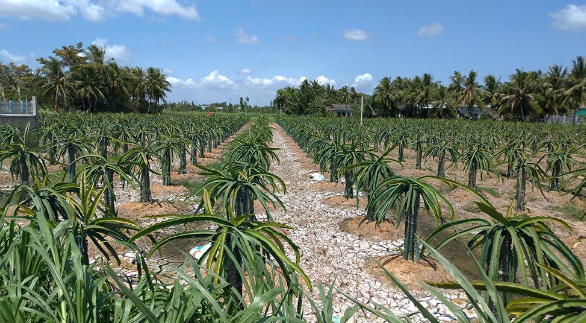
Saltwater intrusion in Tien Giang
Recommendations of the National Center for Hydrometeorological Forecasting during the upcoming period of both saltwater intrusion and hot weather
First of all, we recommend that local authorities and people regularly follow the salinity intrusion forecast newsletter to proactively use water. Currently, our Hydrometeorological Department regularly provides periodic salinity intrusion forecast and warning information to the local Natural Disaster Prevention Steering Committee. When salinity suddenly increases, there is an enhanced newsletter to serve promptly. Information is conveyed on Zalo, Facebook, and local disaster prevention groups.
The weekly forecast newsletter October 7-10/day predicts the highest salinity at each monitoring point, the salinity boundary is forecast at 1 part per thousand and 4 parts per thousand, for each main river in the province, updated salinity data are sent to localities daily at monitoring points. Long-term 1-2 month forecasts are updated every 10 days.
Note that in areas not often affected by saltwater intrusion, especially fruit growing areas, people should pay attention to checking the salinity when using water to avoid damage caused by saltwater intrusion during this peak period.
Cre: Khí Tượng Thủy Văn Việt Nam
Ngày đăng : 29/04/2024
1811 View
Other Articles
Portuguese food group acquires 18% stake in cod farming company Norcod
Indonesia implements radioactive-free shrimp certification for exports to the United States
India is world’s second-largest shrimp producer. That is now under threat
Ca Mau’s shrimp industry moves towards “green” growth
Floods devastate aquaculture, processing operations in Vietnam
Ecuador Leads Global Shrimp Exports, Surpassing USD 7 Billion in 2025
India's marine product exports rise 16% as new markets offset US dip
Skretting presents the first shrimp feed with insect meal in Vietnam
Sharing: EU increases shrimp imports in the first 9 months of the year
Gideon De Oro opens high tech Cebu shrimp plant, to revive exports
White-leg shrimp facing WSSV: When density and environment fluctuate together








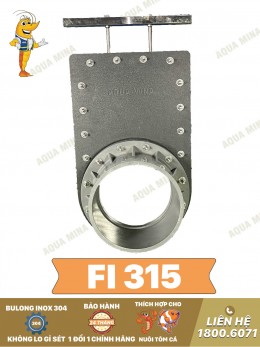
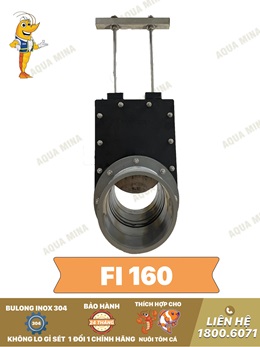


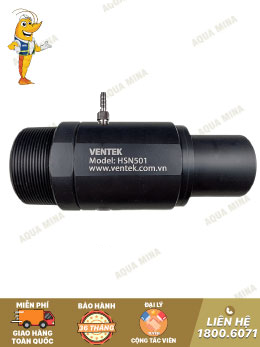
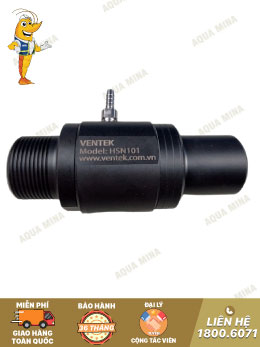

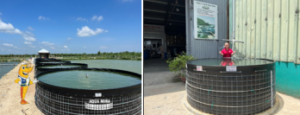
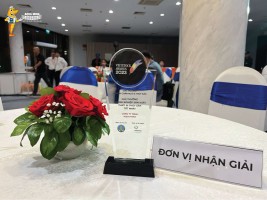


.jpg)